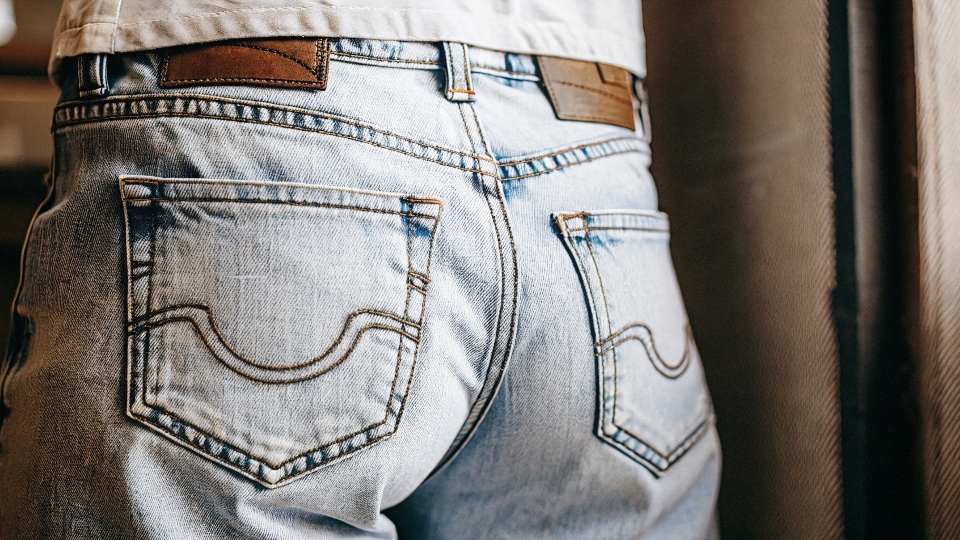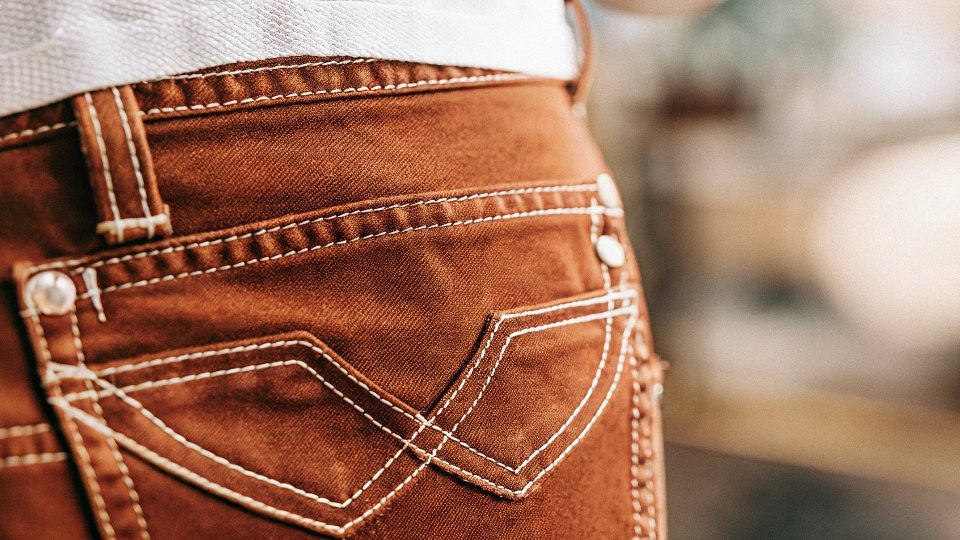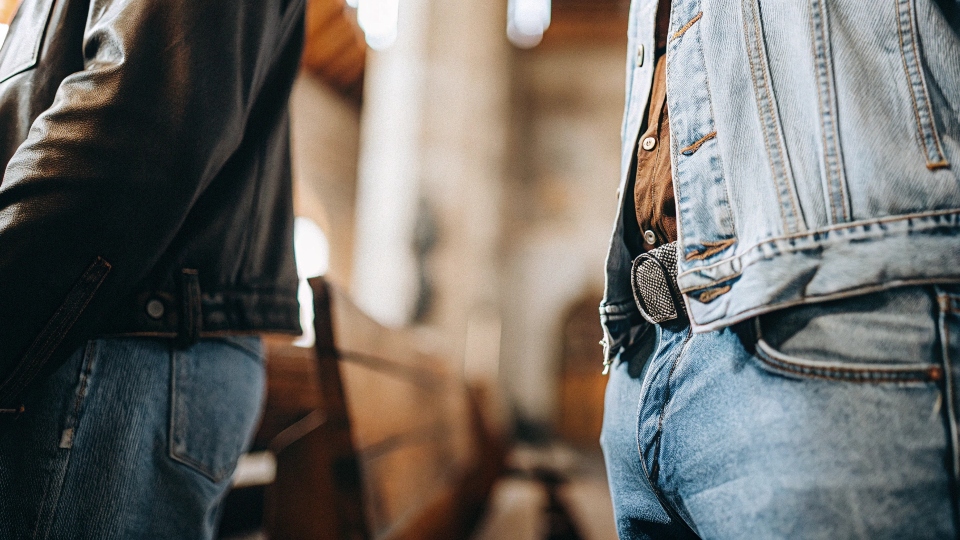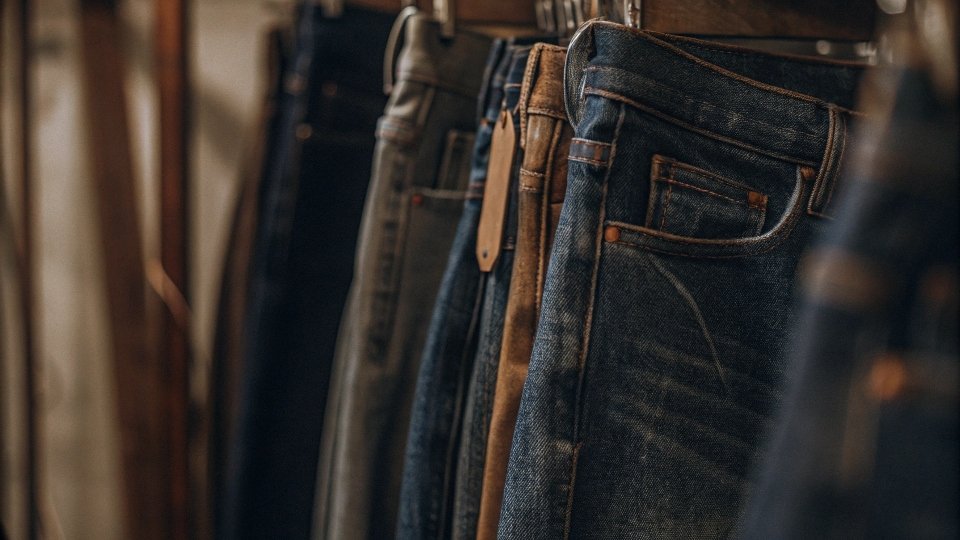You see True Religion's signature bold stitching and horseshoe pockets making a comeback. But when you check the price tag, it feels like 2005 all over again, leaving you wondering why they're still so costly.
True Religion jeans are expensive because they were a founding brand of the 2000s premium denim1 craze. Their price reflects their unique, thick "Super T" stitching, their history of being made in the USA, and their current revival as a high-demand, nostalgic Y2K fashion2 staple.
The insight you shared about their comeback is something I'm seeing from my factory floor. It's driven by Gen Z's obsession with the Y2K look. As a Millennial who saw this brand's first wave, I find it fascinating. Your thought about testing the new product line to see if the brand has staying power is exactly the right question to ask. Is this a true revival, or just a short-lived trend?
The high price point is a bet that the brand's iconic status is strong enough to last. Let's break down what made them so special in the first place.
What is so special about True Religion jeans?
In a world of subtle denim, True Religion stands out with its loud and proud design. What exactly makes their look so unique and instantly recognizable?
The most special thing about True Religion is its unmistakable "Super T" stitch. This super-thick, contrasting thread required special sewing machines and techniques, making the jeans a bold statement piece that was impossible to ignore or easily copy.
From a manufacturing perspective, True Religion's design was a brilliant challenge. Standard jeans use a simple lockstitch. To create that incredibly thick stitch, the founders had to customize five-needle chainstitch machines. They rebuilt them to sew with just one or two needles using a thick, bold thread that no other brand was using. This was slow. It was expensive. It broke threads often.
This complex process alone significantly drove up the cost of making each pair. It wasn't just a design choice; it was a feat of production engineering. The horseshoe design on the back pockets was the branding, but the thick stitch was the signature. It was a conscious decision to be loud, chunky, and the opposite of the clean, minimalist look others were chasing. They created a product that was designed to be a status symbol from the moment you saw it.
Is True Religion a luxury brand?
You see the high price and the celebrity history, but does that make them a true luxury brand3 today? The line between premium and luxury can be blurry.
Yes, True Religion established itself as a "premium luxury" brand. During its peak, its high price, celebrity endorsements, and unique, unmistakable design made it an aspirational status symbol, firmly placing it in the luxury category for denim.
True Religion rode the premium denim wave of the 2000s, but they carved out their own space at the very top. While brands like 7 For All Mankind focused on subtle fit and wash, True Religion was all about loud luxury. They weren't just selling pants; they were selling a look.
Getting your product worn by A-list celebrities and placing it in the most expensive department stores was a key part of the strategy. This built a powerful perception of exclusivity. That perception is a core component of what makes a brand "luxury."
As your insight points out, this is now colliding with a new generation. For Millennials, buying True Religion was an act of aspiration. You saved up to get the pants the celebrities were wearing. For Gen Z, it's different. It's a form of ironic, retro fashion. They are drawn to the "Y2K" trend. So, while the brand still operates in the luxury price bracket, its meaning has shifted. It’s less about modern luxury and more about being the ultimate symbol of a specific, nostalgic fashion4 era.
Is True Religion owned by Levi's?
Seeing two iconic American jean brands, you might assume they are part of the same parent company. It's a common question, but they come from completely different worlds.
No, True Religion is not and has never been owned by Levi's. True Religion was founded independently in 2002 and has a separate corporate history, including its own bankruptcies and brand relaunches.
Thinking about these two brands from my industry perspective shows a fascinating contrast. Levi's represents heritage. It's a brand built over 150 years on the foundation of workwear, durability, and classic Americana. Its value is in its history and timelessness. True Religion, on the other hand, represents a fashion moment. It was born in 2002 out of the specific trends and desires of the Y2K era.
Its value was built on being new, loud, and the absolute hottest thing for a specific period. Levi's is a massive, stable corporation. True Religion is a much more volatile, trend-driven company that experienced a meteoric rise, a dramatic fall into bankruptcy, and now, a surprising comeback. They may both be American denim brands5, but their stories, strategies, and reasons for existing could not be more different. One is a historical institution; the other is a fashion icon.
| Feature | Levi's | True Religion |
|---|---|---|
| Founded | 1853 | 2002 |
| Core Identity | Heritage, Workwear, Classic | Fashion, Status Symbol, Y2K Nostalgia |
| Design Focus | Timeless fits (e.g., 501s) | Bold, trend-driven (e.g., Super T stitch) |
| Brand Story | A stable, historical institution | A story of rapid rise, fall, and revival |
How much did True Religion jeans used to cost?
You see the prices today and wonder if this is a new strategy. Or were they always this expensive, even during their first wave of popularity in the 2000s?
At their peak in the mid-to-late 2000s, True Religion jeans6 regularly cost between $200 and more than $350. This price was exceptionally high for denim at the time and was a key part of their luxury positioning.
That high price tag was not an accident; it was a core part of the business model. As someone who breaks down the costs of making jeans, I can tell you where the money went. First, the complex construction I mentioned earlier was expensive. Second, they were proudly made in the USA, which meant much higher labor costs than manufacturing overseas.
Third, the washes were intricate and done in small batches. But a huge part of the cost was the marketing. Getting your product into the hands of every major celebrity costs a lot of money. When you add all that up—complex production, US labor, and a massive marketing budget—you get a $300 jean. As a Millennial, you probably remember that feeling of seeing them in a magazine and knowing they were something special and out of reach for most.
The fact that the brand is attempting to hold a similar price point today is a bold move. It’s a direct bet on the power of the nostalgia you mentioned. They believe Gen Z's desire for the Y2K look is strong enough to make those prices stick again.
Conclusion
True Religion's high price is a legacy of its 2000s reign as a luxury denim brand, built on unique stitching and celebrity status, and now powered by a Y2K trend revival.
-
Get insights into what makes premium denim special and why it commands higher prices. ↩
-
Discover the resurgence of Y2K fashion and its impact on modern trends and consumer choices. ↩
-
Understand the characteristics that classify a brand as luxury, especially in the denim market. ↩
-
Learn how nostalgic fashion shapes consumer preferences and drives brand revivals. ↩
-
Learn about the history and significance of iconic American denim brands in fashion. ↩
-
Explore the history and craftsmanship behind True Religion jeans to understand their premium pricing. ↩











